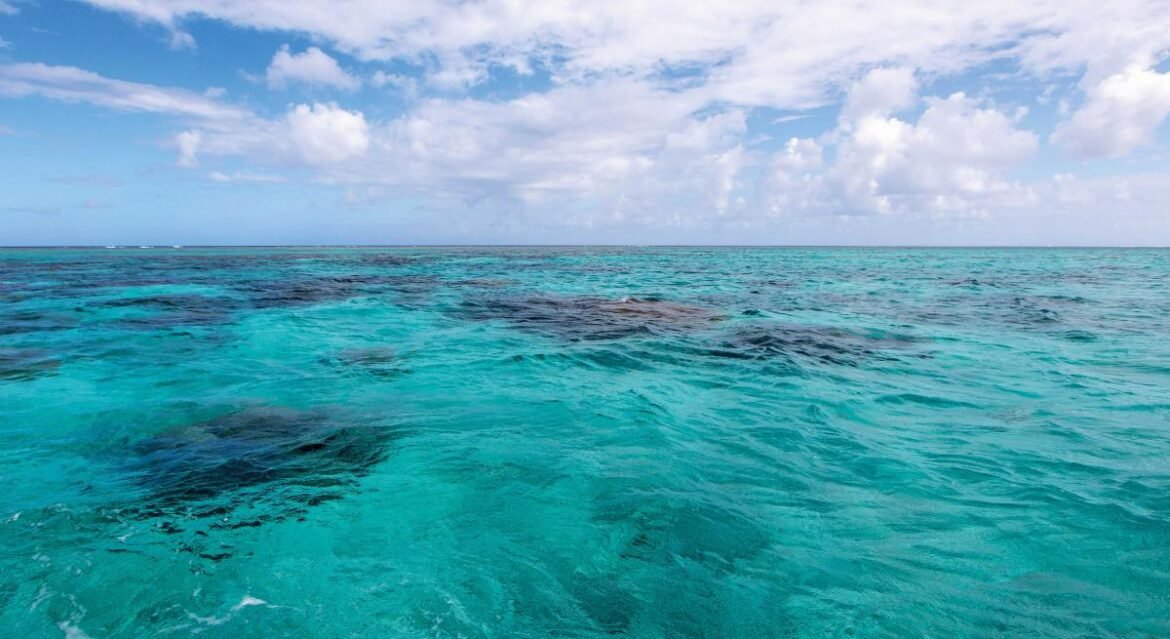According to a report by the European Commission, more than 150 million tons of plastic are floating in the oceans and seas today. Of the total amount we consume, only about 5% of it is reused, the rest is thrown away.
The contamination of the oceans with plastic is a big problem for animals (which can mistake plastic for food, or get entangled in it and perish), but also for humans (for example, harmful chemicals from plastics can reach us through the consumption of fish). The impact on the economy is also negative – mainly on fishing and tourism – and last but not least, we could save CO2 emissions by recycling plastic (recycling 1 million tons of plastic would save the same amount of CO2 emissions as reducing the number of cars by 1 million).
Does this sound alarming to you? Yes! But how to get out of it? Radishes are one option!
Radishes that help the ocean
How can radishes help? The company Agromediterránea uses plastics that have been collected from the area near the coast and in the seas of Southeast Asia. They make plastic boxes for radishes. It thus brings the possibility of not only relieving the planet of already existing plastic, but also offers 100% recyclable packaging.
To the beach without a plastic straw
The European strategy for plastics in the circular economy assumes that we should abandon the use of microplastics (miniature plastic particles – released e.g. by washing synthetic material, scraping tires or are part of cosmetic products). In addition, new European legislation restricts the use of single-use plastic products, which currently account for up to 70% of waste in the seas.
In some countries, manufacturers themselves, or distributors, are trying to limit the use of plastic packaging. One example is a supermarket in Amsterdam, which already has its first plastic-free aisle. The products in this aisle are packed in traditional materials such as cardboard or glass or in new bio-compostable packaging.
In addition to limiting plastic production, initiatives are also being created to recycle plastics that have already polluted the oceans. In the Pacific Ocean, there is a net to capture plastic and waste – The Ocean Cleanup’s dike is located between California and the Hawaiian Islands and captures waste from plastic fragments of a few millimeters to tires. Although it has faced (and still faces) many challenges and imperfections, it is definitely a step towards cleaning up the oceans. But the question remains what to do with the fished waste. This is because it is unclear who owns the fished garbage and it is also quite expensive to recycle these plastics fished from the sea.




